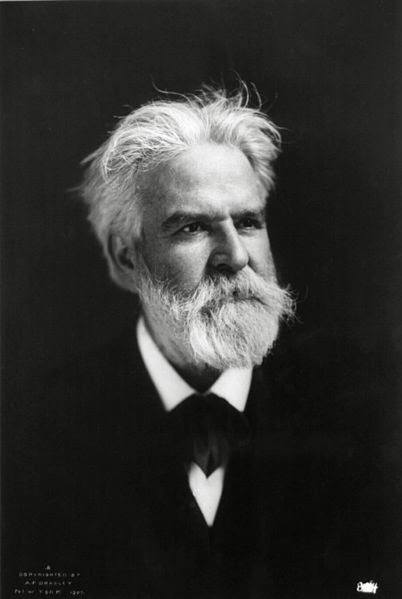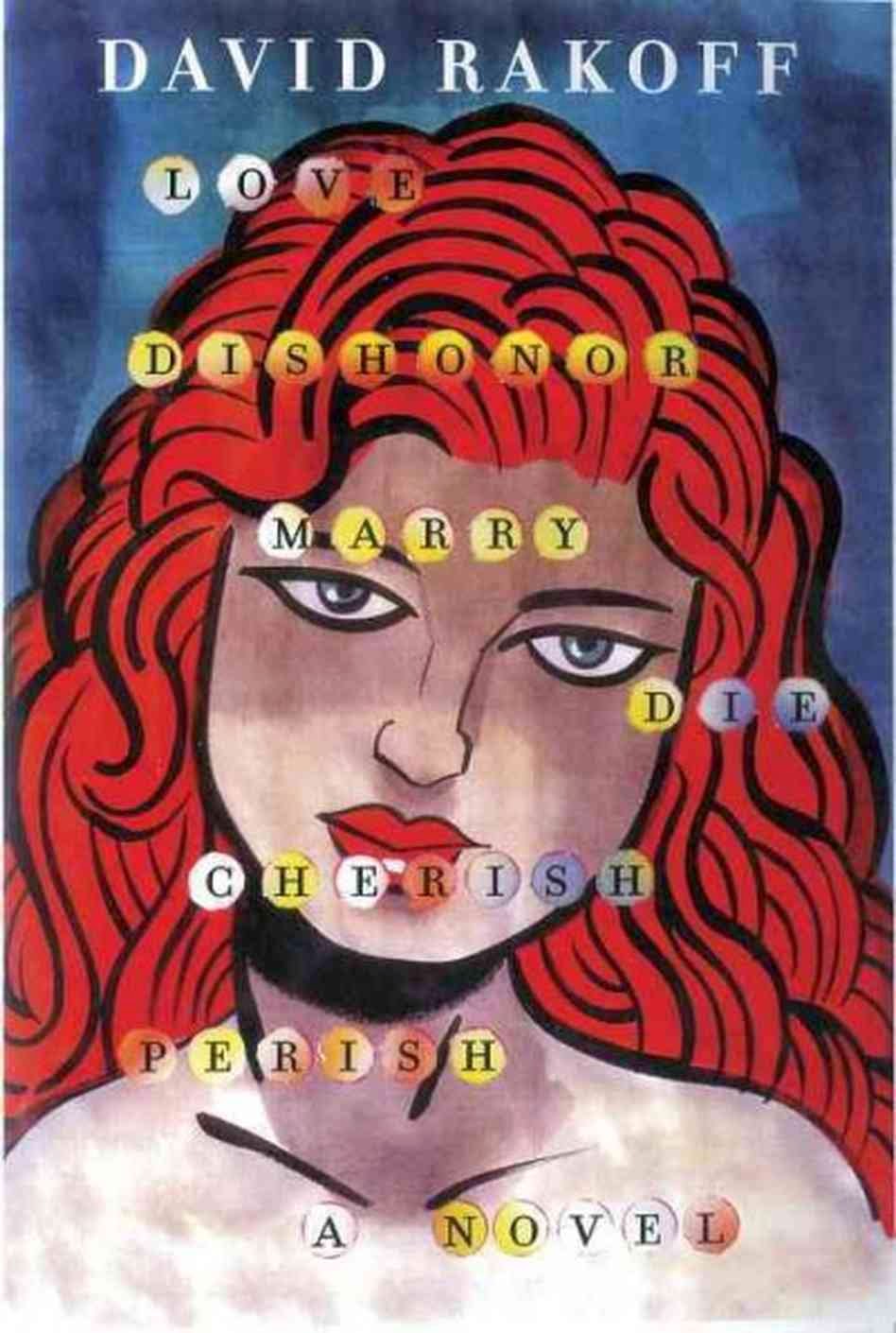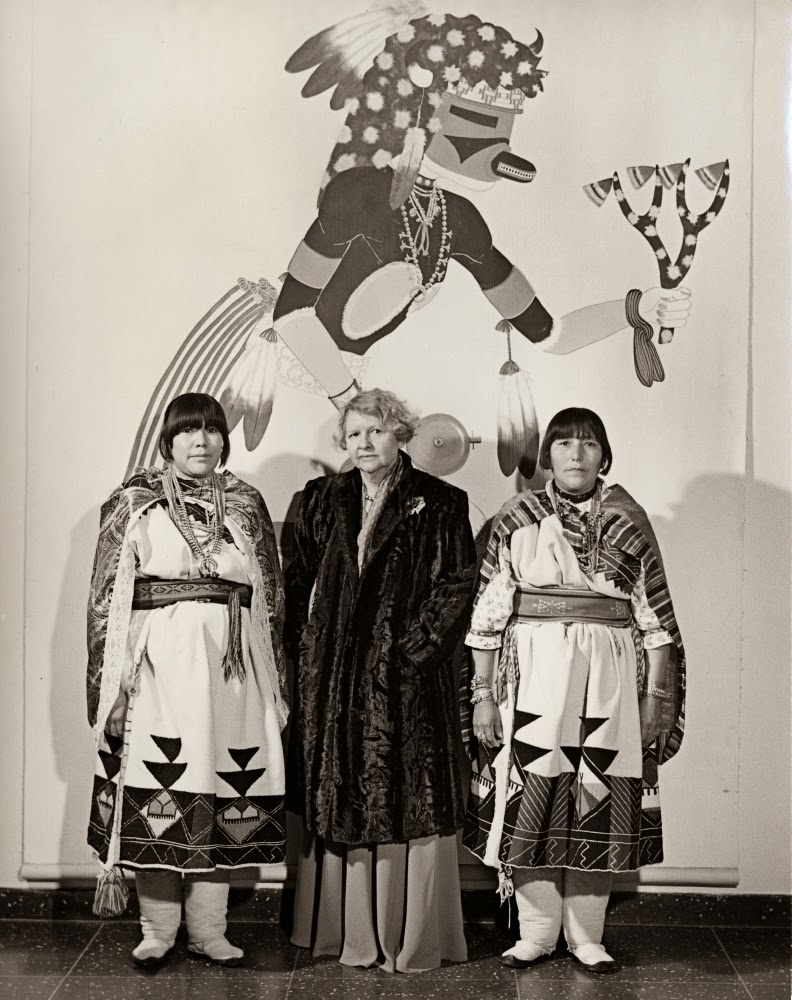The annual meeting of the Associated Writing Programs (AWP) is taking place in Seattle two weeks from now (Feb 26-March 1), but the P&PC Office won't be there to hob nob with professional writers and teachers of writing. Instead, we're going to the seventeenth annual Fisher Poets Gathering (FPG has no acronym that we know of), which opens in just a few days (Feb 21-23) in Astoria, Oregon, a city of just under 10,000 people located in the far northwest corner of the Beaver State. Celebrating commercial fishing and its community through story, poetry, and song, this year's Gathering has seventy-eight people scheduled to read or perform at bars and restaurants throughout Astoria. To help get you primed for the event, here's a short interview P&PC did with Jon Broderick—a fisherman, teacher, poet, and one of the event's creators and organizers—back in 2010 when we first attended the Gathering.
Poetry & Popular Culture: You were there when the Fisher Poets Gathering started, right? What were you thinking?
Jon Broderick: Yes. I made the first phone calls, and I never found anyone who didn't think it wouldn't be a terrific idea or who didn't want to help. Folks like John van Amerongen of the now defunct Alaska Fisherman's Journal, Hobe Kytr of the Columbia River Maritime Museum, Julie Brown and Florence Sage of Clatsop Community College and, of course, forty friends and poets, contributors to the Alaska Fisherman's Journal over the years, all of whom showed up with their friends and found themselves among kindred spirits who knew when to nod and when to wince when someone read a story about work in the commercial fishing industry.
P&PC: How have things changed since then?
JB: Since our first Fisher Poets Gathering, a movable gathering wandering from the Wet Dog to the Labor Temple and back, we've become four or five concurrent venues over four days. It's grown, but it's kept a casual, democratic feel. It's no contest. It's no slam. Anyone who's worked in the industry is entitled to fifteen minutes at the mike to tell his or her version of events. We pay the sound guy with proceeds from the gate and divvy what remains among the out-of-town readers, favoring those from farthest away. Along the way, we've had to insist now and again, against more ambitious interests, on the Fisher Poets Gathering's inclusive and communitarian roots and purposes. Mostly, we want to enjoy the company of other fishermen and women, tell stories, and see old friends and make a few new ones.
![]() P&PC: What's a good example of a Fisher Poet poem?
P&PC: What's a good example of a Fisher Poet poem?
JB: Geno Leech's "Let's Go Take a Look" is one of my favorite poems about the industry. When he recites it, he rocks back and forth on stage with his eyes closed. I don't have a written copy of it here—just on audio. It describes, from a deckhand's point of view, that moment when a skipper decides to go fishing in tough weather that the hands would rather miss. When your skipper says "Let's go take a look," you're in for a long couple of days. But there's nothing to do but pull on your rain gear and hunker down. Every deckhand's been there. Geno's a master at making each word work in his poetry. Part of it goes: "In the sodden, black-blanket night, hung with woodshed fir-pitch musk, I ragged a hole in a fogged up windshield and limped off in a crippled truck. Rain drilled the road with welding-rod drops, porch-lit houses drowned in their sleep, beer cans lay drunk on the fog line. I turned left on Portway Street..."
For me, the experience of participating in the life of the commercial fishing community is more important than the technical quality of anyone's poetry, though. We turn away fine poets and musicians who haven't worked in the fisheries. We get enough fine poetry nonetheless.
P&PC: What happens when cowboy poets meet fisher poets?
JB: Cowboy poets and fisher poets have plenty in common. I wrote an essay for the National Cowboy Poetry Gathering a few years ago about the very thing when the cowboys invited some of us to perform there. Both celebrate honest work, a love for the tools and techniques of their trade. Both live close with nature at its best and worst. Both remember the characters they've encountered. Ron McDaniel is a cowboy from Arkansas who has joined us in cross-cultural exchange every year now for four or five years since some of us met some of them in Elko, Nevada.
P&PC: What's the new generation of fisher poets like?
JB: An unexpected but durable result of the Fisher Poets Gathering is that it's been an occasion to generate writing about the culture of commercial fishing by folks who wouldn't write about it if the Gathering didn't exist. Fisher poets are more often older than younger, but a number of kids are seeing themselves a part of the tradition they, too, want to celebrate with others. Lots of times, it's families that fish together. My kids have worked hard beside people of all ages. You'll find some young voices to enjoy this weekend. You decide what they're like.
Poetry & Popular Culture: You were there when the Fisher Poets Gathering started, right? What were you thinking?
Jon Broderick: Yes. I made the first phone calls, and I never found anyone who didn't think it wouldn't be a terrific idea or who didn't want to help. Folks like John van Amerongen of the now defunct Alaska Fisherman's Journal, Hobe Kytr of the Columbia River Maritime Museum, Julie Brown and Florence Sage of Clatsop Community College and, of course, forty friends and poets, contributors to the Alaska Fisherman's Journal over the years, all of whom showed up with their friends and found themselves among kindred spirits who knew when to nod and when to wince when someone read a story about work in the commercial fishing industry.
P&PC: How have things changed since then?
JB: Since our first Fisher Poets Gathering, a movable gathering wandering from the Wet Dog to the Labor Temple and back, we've become four or five concurrent venues over four days. It's grown, but it's kept a casual, democratic feel. It's no contest. It's no slam. Anyone who's worked in the industry is entitled to fifteen minutes at the mike to tell his or her version of events. We pay the sound guy with proceeds from the gate and divvy what remains among the out-of-town readers, favoring those from farthest away. Along the way, we've had to insist now and again, against more ambitious interests, on the Fisher Poets Gathering's inclusive and communitarian roots and purposes. Mostly, we want to enjoy the company of other fishermen and women, tell stories, and see old friends and make a few new ones.
 P&PC: What's a good example of a Fisher Poet poem?
P&PC: What's a good example of a Fisher Poet poem?JB: Geno Leech's "Let's Go Take a Look" is one of my favorite poems about the industry. When he recites it, he rocks back and forth on stage with his eyes closed. I don't have a written copy of it here—just on audio. It describes, from a deckhand's point of view, that moment when a skipper decides to go fishing in tough weather that the hands would rather miss. When your skipper says "Let's go take a look," you're in for a long couple of days. But there's nothing to do but pull on your rain gear and hunker down. Every deckhand's been there. Geno's a master at making each word work in his poetry. Part of it goes: "In the sodden, black-blanket night, hung with woodshed fir-pitch musk, I ragged a hole in a fogged up windshield and limped off in a crippled truck. Rain drilled the road with welding-rod drops, porch-lit houses drowned in their sleep, beer cans lay drunk on the fog line. I turned left on Portway Street..."
For me, the experience of participating in the life of the commercial fishing community is more important than the technical quality of anyone's poetry, though. We turn away fine poets and musicians who haven't worked in the fisheries. We get enough fine poetry nonetheless.
P&PC: What happens when cowboy poets meet fisher poets?
JB: Cowboy poets and fisher poets have plenty in common. I wrote an essay for the National Cowboy Poetry Gathering a few years ago about the very thing when the cowboys invited some of us to perform there. Both celebrate honest work, a love for the tools and techniques of their trade. Both live close with nature at its best and worst. Both remember the characters they've encountered. Ron McDaniel is a cowboy from Arkansas who has joined us in cross-cultural exchange every year now for four or five years since some of us met some of them in Elko, Nevada.
P&PC: What's the new generation of fisher poets like?
JB: An unexpected but durable result of the Fisher Poets Gathering is that it's been an occasion to generate writing about the culture of commercial fishing by folks who wouldn't write about it if the Gathering didn't exist. Fisher poets are more often older than younger, but a number of kids are seeing themselves a part of the tradition they, too, want to celebrate with others. Lots of times, it's families that fish together. My kids have worked hard beside people of all ages. You'll find some young voices to enjoy this weekend. You decide what they're like.






































































